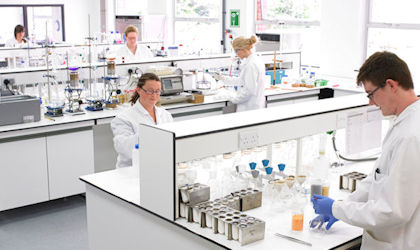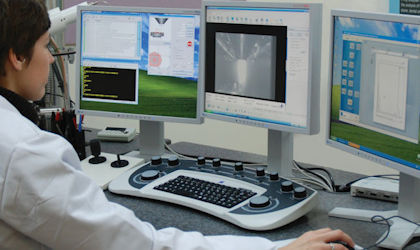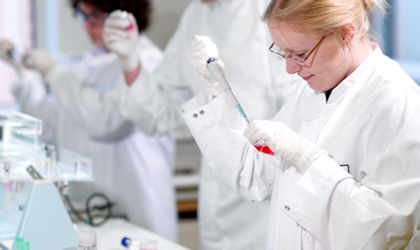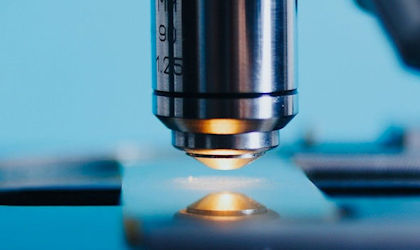Physical contaminants
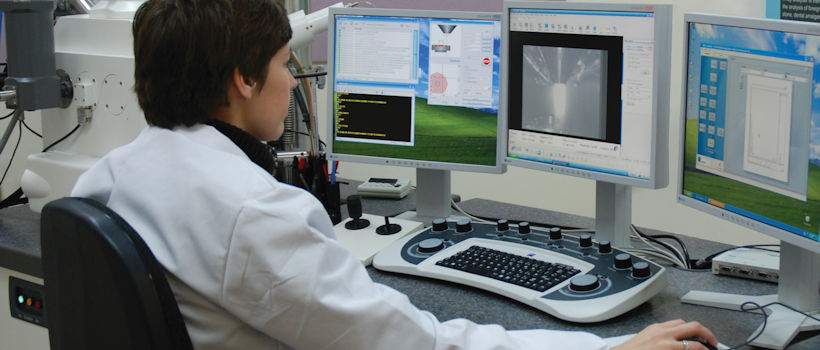
To discuss your needs
Campden BRI offers fast identification of physical contaminants reported from food and beverage products, helping to ensure the quality and safety of your food products and protect your brand reputation.
Physical contaminants, also referred to as foreign bodies, take many forms and their presence in food products can range from unpleasant but harmless to dangerous if chewed or swallowed.
Despite the food industry’s efforts to reduce foreign body incidents in food, consumer complaints continue to occur. For the companies concerned, Campden BRI provides rapid identification of foreign material and fast detection of physical contaminants in food. We aim to provide you with information on potential sources to help you make key decisions and reassure your customers.
Based in the UK? All our testing is done in our UK laboratory, giving you peace of mind that your samples won’t be held and delayed at border checks and ports.
Examples
Glass fragments
X-ray microanalysis in the scanning electron microscope is used to gain an elemental composition of a glass fragment. This composition is then interpreted to identify a specific type of glass such as soda-lime glass, heat-resistant glass and float glass. See sample report.
Plastic
FT-IR spectroscopy is performed on plastic samples to gain a spectrum of infrared absorption. This is then compared against a vast database of reference spectra to identify the material. Some commonly identified plastics are PVC, polyethylene, polycarbonate, polysulfone, polypropylene and polystyrene. See sample report.
Metal
X-ray microanalysis in the scanning electron microscope is used to gain an elemental composition of metal. The suite of elements within a sample can distinguish between different types of metal such as steel, stainless steel, stainless steel type 316, nickel-plated steel, galvanised steel and corroded steel. See sample report.
Bone
Suspected bone samples can be confirmed by examination under the compound microscope for pore-like structures consistent with bone, known as lacunae. This is followed by X-ray microanalysis in the scanning electron microscope to determine the elemental composition of the sample. Large peaks of phosphorous and calcium within the spectrum are indicative of bone. See sample report.
Pharmaceuticals
Suspected pharmaceutical samples can be analysed by our chromatography team using gas chromatography and liquid chromatography to look for peaks of interest which may be consistent with an active ingredient, such as amoxicillin which is used in antibiotics. The microscopy section can also use FT-IR spectroscopy in combination with an identification database and compound microscopy to try and determine the type of capsule shell and in some cases the presence of chemical compounds, fillers and active ingredients found within pharmaceutical products. See sample report.
Insects
Suspected insects can be examined under the stereo microscope to identify features such as legs, antennae and wings. Samples which require speciation can then be sent off for further analysis to expert entomologists at one of our approved subcontractors, who will aim to provide an identification. In some cases, the experts are able to advise on typical geographical distributions and life cycles of insects. A chemical test known as a phosphatase testcan also be carried out by the microscopy section, which aims to identify whether the phosphatase enzyme within a once-living sample, such as an insect, is still active or if it has been denatured though heat treatment/cooking. Please note, samples which are mouldy may not be suitable for phosphatase analysis as the mould will also naturally produce the phosphatase enzyme and may give a false positive result. See sample report.
Plant matter / wood
Sectioning, staining and examination under the compound microscope of suspected plant matter can reveal cell types and structures which may be indicate a specific source. Wood samples can also be sectioned, stained and examined under the compound microscope, which can reveal features consistent with various species of hardwoods, softwoods and woody monocots. In addition, we have a reference collection of woods within our database which can assist with comparing features seen within complaint samples with those found in known samples to identify a likely source. See sample report.
Animal tissue
Sectioning, staining and examination under a compound microscope is used to identify features consistent with tissues from an animal such as muscle fibres, adipose tissue, elastin fibre, collagen and cartilage. In some cases, FT-IR spectroscopy is also used to gain an infrared absorption spectrum of a sample, which may produce a spectrum consistent with organic matter with bands consistent with protein. See sample report.
Silicate minerals
X-ray microanalysis is used to determine the elemental composition of the sample. Silicate minerals will contain high levels of silicon and oxygen. In some cases, a large peak of aluminium will also be seen, indicating an alumino-silicate mineral. See sample report.
Hair
Features common to hairs are assessed under a compound microscope (and used to identify potential sources). These features include the scale pattern, the medulla and the shape of the root, tip and shaft. These structures can aid in the identification of the hair as human (and the potential location on the body) or animal and if animal the possible species.See sample report.
Step-by-step process
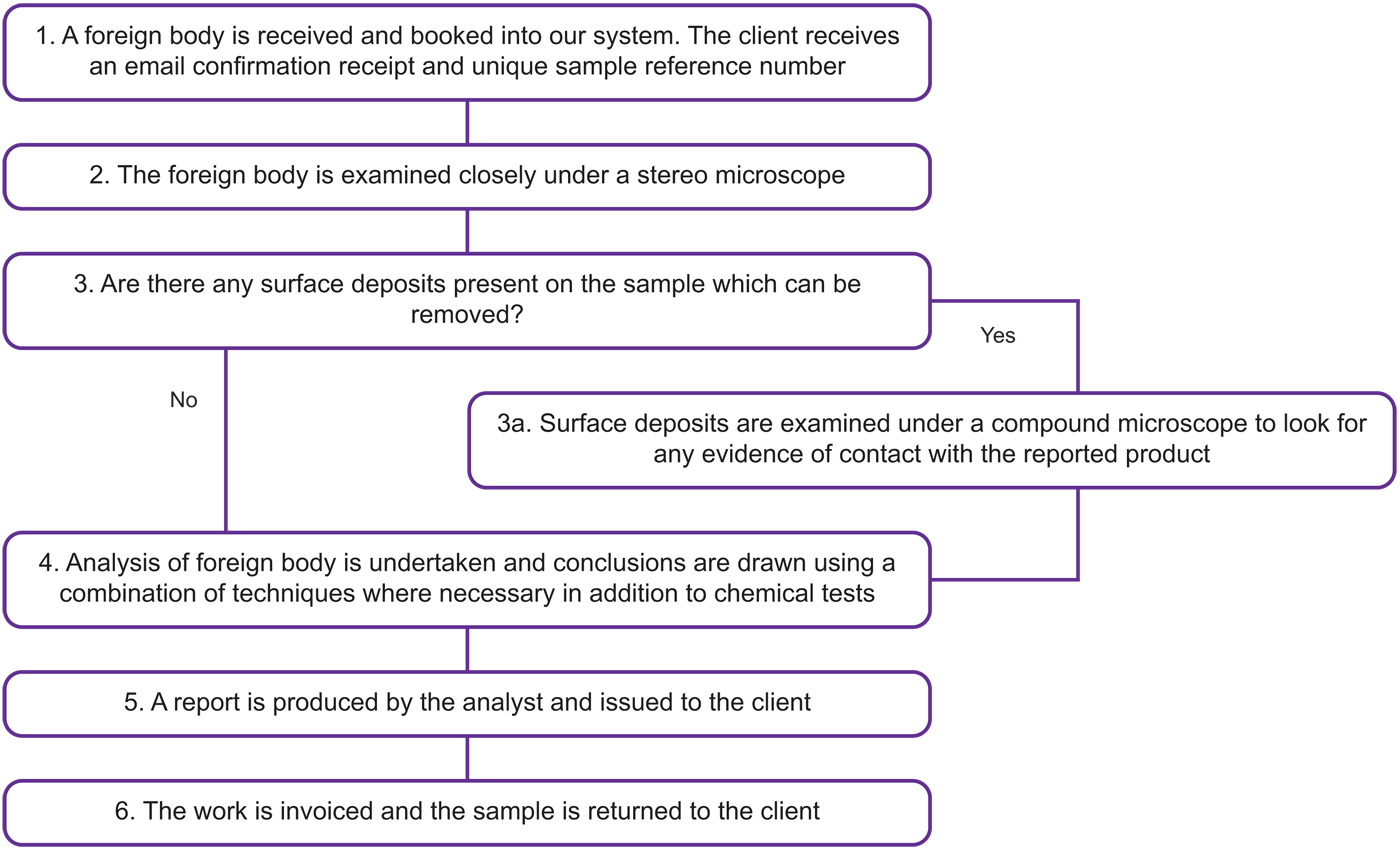
You may also be interested in
Key services
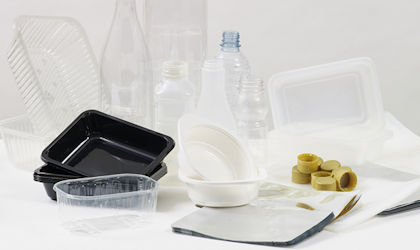
Packaging down the microscope
Microscopy use a range of techniques to examine packaging materials including plastic and metal.
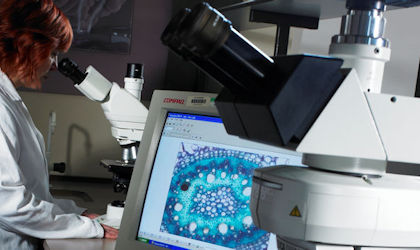
Structure and physical properties
Methods for objective characterisation of food structure and physical properties.
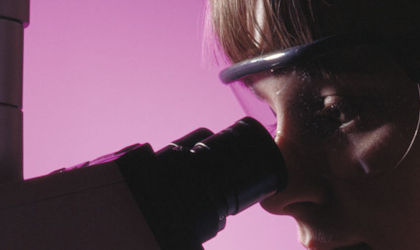
Foreign body identification scheme
Run independently from our own foreign body laboratory, the FOBS scheme enables other laboratories to check their competence in the identification of foreign bodies.
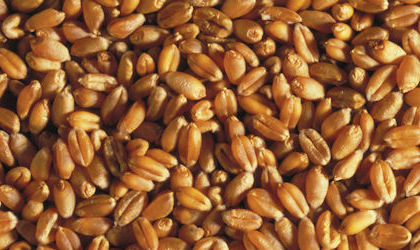
Cereals and milling services
Cereals and milling testing services information, pricing and submission.
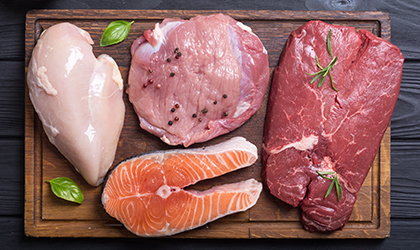
Meat, poultry and seafood analysis
Analysis supporting meat, poultry and seafood suppliers, manufacturers and retailers.
Food analysis and testing
Explore our analysis and testing related courses including; calculating meat content and wine analysis
Are you getting the most from your Membership?
Watch our membership FAQ videos and find out more about Member Service Account spending, Member Interest Groups, help and advice
Where we refer to UKAS Accreditation
The Campden BRI group companies listed below are accredited in accordance with the recognised International Standard ISO17025:2017 by the United Kingdom Accreditation Service (UKAS). The accreditation demonstrates technical competence for a defined scope of methods, specific to each site, as detailed in the schedules of accreditation bearing the testing laboratory number. The schedules may be revised from time to time and reissued by UKAS. The most recent issue of the schedules are available from the UKAS website www.ukas.com. Campden BRI (Chipping Campden) Limited is a UKAS accredited testing laboratory No. 1079


